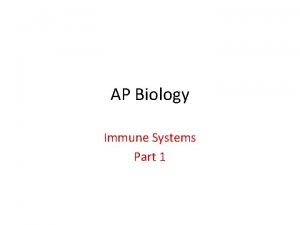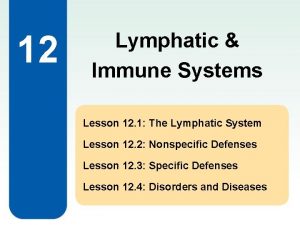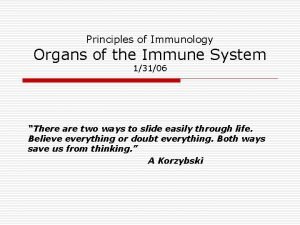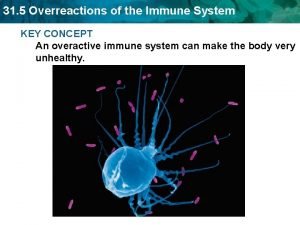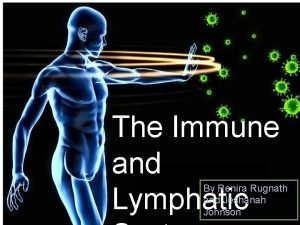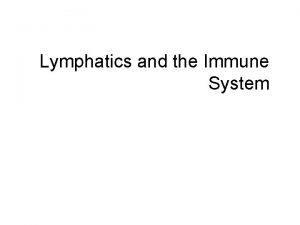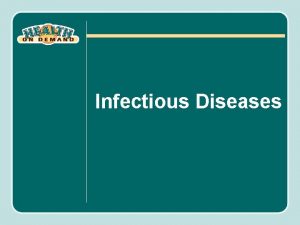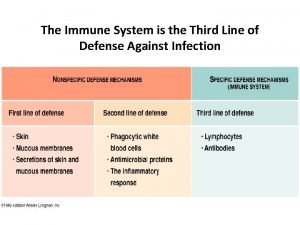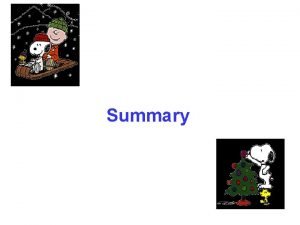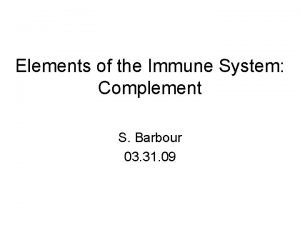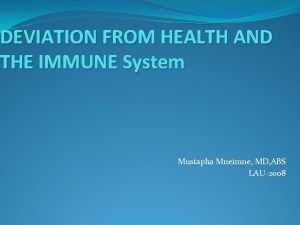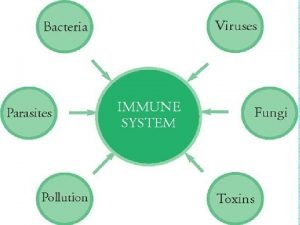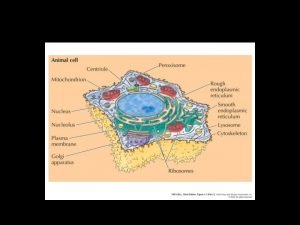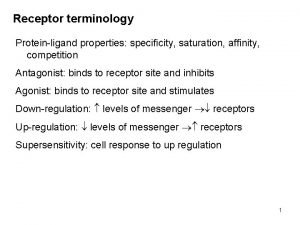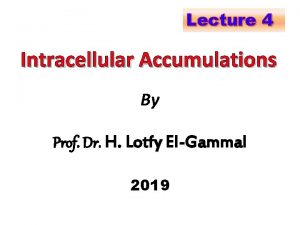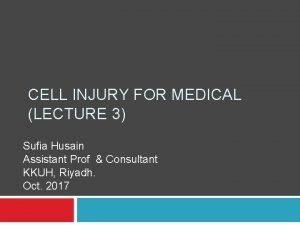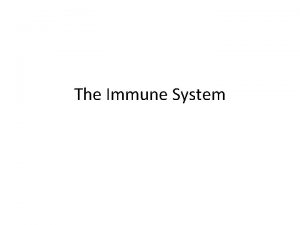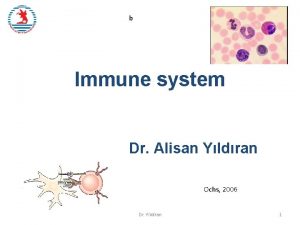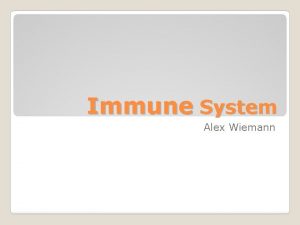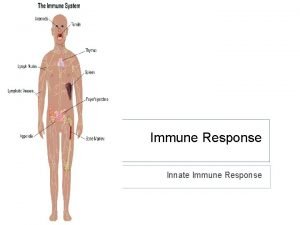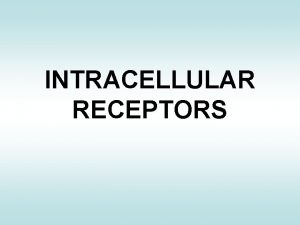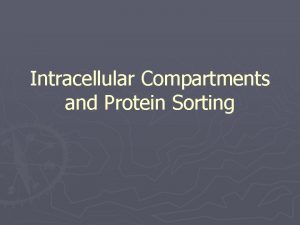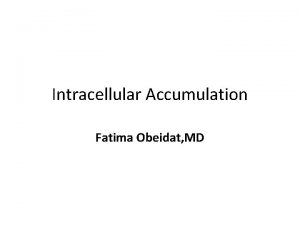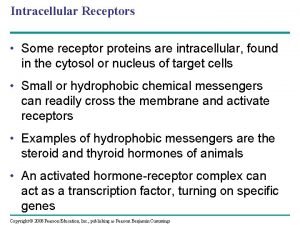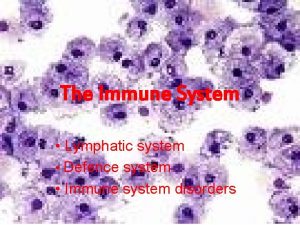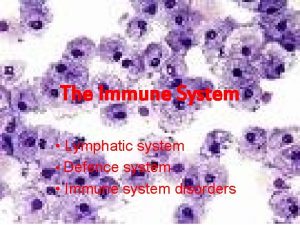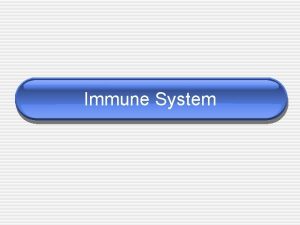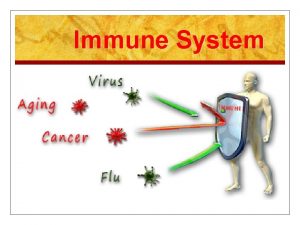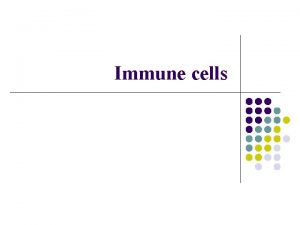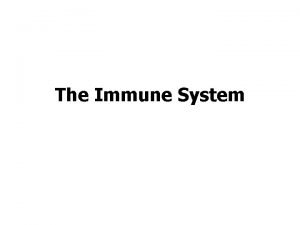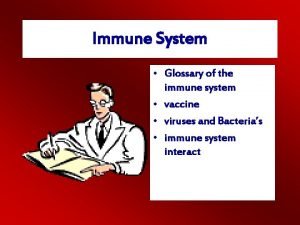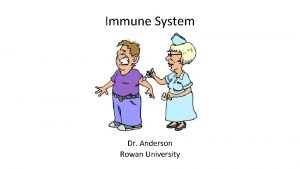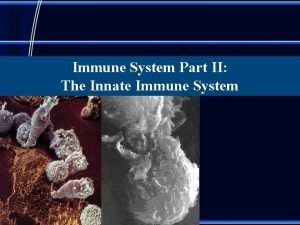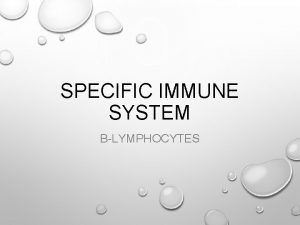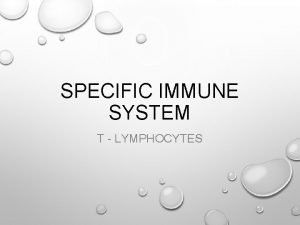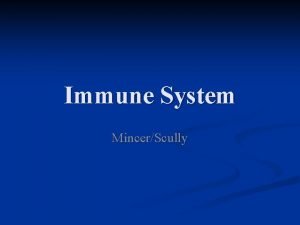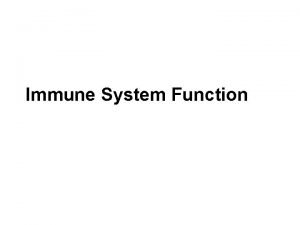IMMUNE SYSTEM Dr Yldran 1 150 different intracellular




























- Slides: 28

IMMUNE SYSTEM Dr. Yıldıran 1

150 different intracellular signaling pathways Dr. Yıldıran 2

Again turn thy vision a second time; (thy) vision will come back to thee dull and discomfited in a state worn out. (67 -4) Dr. Yıldıran 3

Human • Genom • Proteom • Microbiome Dr. Yıldıran 4

Microbiome • More than 100 years ago, the human microbiome was defined as; • living together with dissimilar organisms (symbiosis), or community of microbes and collection of genomes found in and on the human body. Dr. Yıldıran Relman, 2012 5

Immunity • • Host can recognize self/strange material from itself (microorganisms, antigens etc) and can destroy or make useful them. If this system cannot work properly: – Immune dysregulation • Autoimmune disorders (more than 100) • Allergy – Immune deficiencies Dr. Yıldıran 6

Anatomy • Lymphoid tissues - primary lymphoid tissues (bone marrow and thymus) - secondary lymphoid tissues (spleen and lymph node)s) Dr. Yıldıran 7

Organization of the body’s defenses • Non-specific defenses: no need to decipher pathogen’s identity. - Physical barriers - Inflammation (in a separate lecture) - Natural cell killers (NK cells) - Complement system • Specific defenses: Based on recognition of the pathogen’s identity – Humoral immunity – Cell-mediated immunity Dr. Yıldıran 8

Main physiologic barriers Hydrochloric acit Ciliar epithelia Tears Normal flora Dr. Yıldıran 9

Immune System Non-specific immunity (Innate) Specific immunity (Adaptive) Dr. Yıldıran 10

Cells of immune response develops from common stem cell e. Stem cell Lymphoid progenitor Myeloid progenitor Pluripotent Stem cell Thymus NK cells B lymphocytes T lymphocytes lr Bazofil CFU Bazofil Eozinofil CFU Eozinofil Granulosit-monosit CFU Nötrofil Dr. Yıldıran Monosit 11

Immune Response Dr. Yıldıran Abbas, 2003 12

Specific Immunity Dr. Yıldıran 13 Abbas, 2003

Humoral Cellular Dr. Yıldıran 14 Weber State University

Postnatal Immunglobulin level changes Ig. G Mean serum immunglobulin level (mg/dl) Maternal Ig. G (in child) (ço Ig. A Ig. M Month Birth Month Dr. Yıldıran Age Year Y 15

Phagocytic system • Chemotaxis • Adhesion • Phagocytosis • Microbicidal killing Mainly bacterial and fungal pathogens Dr. Yıldıran 16

Chronic granulomatous disease Dr. Yıldıran 17

Complement system • Of nine substantial, many blood proteins • Opsonization • Chemotaxis • Neutrolization • Lysis of bacteria and cells • Anaphylotoxin • Complement system also promotes inflammation Dr. Yıldıran 18

PID Primary Immunodeficiencies • • Rarely seen genetic and variable diseases Incidense 1/2 -10. 000 live birth Most important signal is infection. More than 200 diseases Samarghtiean, Dr. Yıldıran 2009 19

Clinical Presentation • Serious overwhelming recurrent lifethreatening infections of predominantly respiratory, GI or skin system. Dr. Yıldıran 20

Common Infection • In one year: – More than two severe infections – More than three RTI (sinusitis, otitis, bronchitis) – Antibiotic need more than two months Dr. Yıldıran Stiehm, Uptodate, 201221

Think imunodeficiency Buckley, IDF, 2009 Dr. Yıldıran 22

ESID Classification Primary Immunodeficiencies 1 Predominantly T cell deficiencies 2 Antibody deficiencies 3 4 Other well defined immundeficiencies More than 200 diseases Complement deficiencies 5 Phagocytic disorders 6 Autoimmune and immundysregulation disorders 7 Autoinflammatory diseases Dr. Yıldıran 23

Need for immunological evaluation • • Common infection Recurrent absscess Persistent moniliasis Persistent diarrhea Prolonged and/or severe infection Unusual pathogen İllness after live vaccine Dr. Yıldıran 24

PID Samples • • • Bruton diseases: Agammaglobulinemia SCID: T cells absent Hereditary Angioedema: C 1 inh absent CVID: B cell dysfunction Di George Syndrome: 22 q 11 del, thymus hipoplasia • CGD: NADPH oxidase deficiency Dr. Yıldıran 25

Secondary ID Dr. Yıldıran Stiehm, Uptodate, 201226

AIDS • HIV destroys CD 4 T cells (adaptive immunity!) • Virus contaminates from blood products, sexually or vertically in delivery of newborn. Dr. Yıldıran 27

Related Lectures • • Immunodeficiencies Complement system Innate immune system Adaptive immune system Immunoglobulins Self-tolerance Hypersensitivity reactions Dr. Yıldıran 28
 A subsequent
A subsequent What is the third line of defense in the immune system
What is the third line of defense in the immune system Flow chart
Flow chart Any substance capable of provoking an immune response
Any substance capable of provoking an immune response Innate immunity first line of defense
Innate immunity first line of defense Chapter 35 immune system and disease
Chapter 35 immune system and disease 1st 2nd and 3rd line of defense immune system
1st 2nd and 3rd line of defense immune system Ap biology immune system
Ap biology immune system Lesson 12 blood and immune system
Lesson 12 blood and immune system Lesson 12 blood and immune system
Lesson 12 blood and immune system Immune system lymph nodes
Immune system lymph nodes Immune cells meaning
Immune cells meaning Overreactions of the immune system
Overreactions of the immune system Lymphatic vs immune system
Lymphatic vs immune system Phagocitize
Phagocitize Defination of infection
Defination of infection Phagocytic cells
Phagocytic cells The main function of immune system
The main function of immune system Peyer's patches
Peyer's patches Thymus immune system
Thymus immune system Mac immune system
Mac immune system Thessalamia
Thessalamia 1what's the purpose of the body's immune system?
1what's the purpose of the body's immune system? How does water go through your body
How does water go through your body Extracellular fluid
Extracellular fluid Intracellular receptors
Intracellular receptors Intracellular accumulation
Intracellular accumulation Interstitial vs intracellular
Interstitial vs intracellular Lipofuscin
Lipofuscin







